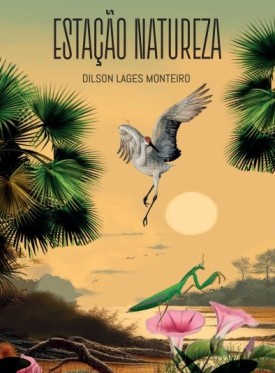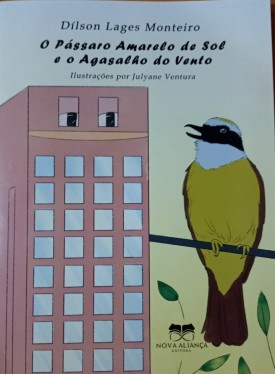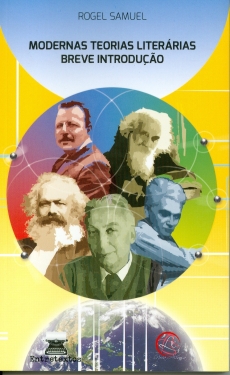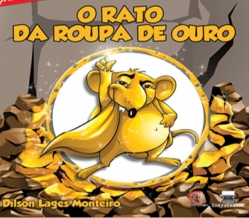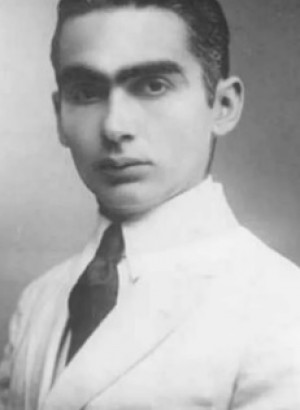Animais na heráldica (XIII)
 Por Flávio Bittencourt Em: 10/12/2009, às 22H22
Por Flávio Bittencourt Em: 10/12/2009, às 22H22
A merleta, uma ave lendária parecida com a andorinha, também já voou em escudos de armas.
"ANDORINHA - ave consagrada a Ísis e a Vênus, alegoria da primavera. Bécquer, poeta espanhol, integrou no símbolo todo o patético sentido irreversível do tempo, estabelecendo analogias com outros símbolos". (CIRLOT, Juan Eduardo. Dicionário dos símbolos, vebete 'Andorinha', tradução de Rubens Eduardo F. Frias, São Paulo: Moraes, 1984, p. 76)
A MERLETA É UMA AVE LENDÁRIA QUE SE APROXIMA DAS ANDORINHAS E DOS ANDORINHÕES (swallows e swifts, respectivamente). NÃO SÃO RARAS AS INCIDÊNCIAS DA MERLETA NA HERÁLDICA CIVIL, COMO ABAIXO SE PODE VERIFICAR.
"Merleta
Uma merleta é uma ave mítica usada em heráldica. As merletas são similares às andorinhas mas têm tufos de penas em vez de patas.
A incapacidade da merleta de aterrar é vista como símbolo da constante busca pela sabedoria, fazendo por essa razão parte dos brasões de muitas instituições educativas do Reino Unido.
Fonte
Arthur Charles Fox Davies, A Complete Guide to Heraldry, Kessinger Publishing, 2004. ISBN 1-4179-0630-8" (http://pt.wikipedia.org/wiki/Merleta)
===
O VERBETE DA WIKIPÉDIA CORRESPONDENTE A merleta, EM INGLÊS, ESTÁ MAIS COMPLETO, COMO SE PODE A SEGUIR CONFEFIR
"Martlet
- Note that the British version of the F4F Wildcat was initially called the Martlet.
A martlet is a heraldic charge depicting a stylized bird with short tufts of feathers in the place of legs. Swifts, formerly also called martlets, have such small legs that they were believed to have none at all.
Contents |
Appearance in Civic Heraldry
The inability of the martlet to land is often seen to symbolize the constant quest for knowledge and learning, as in the arms of University College, Oxford; Worcester College, Oxford; Pembroke College, Cambridge; McGill University (where the women's athletic teams are named the Martlets); the University of Houston and its Law Center; Westminster School, Simsbury, Connecticut (where the store is called the Martlet's Nest); and the University of Victoria (where the student newspaper is also called The Martlet).
It has been suggested that this same restlessness is the reason for the use of the martlet in English heraldry as the cadency mark of the fourth son: the first son inherited the estate, the second and third traditionally went into the Church and the Army, and the fourth had no well-defined place. As the fourth son received no part of the family wealth and had to earn his own, the martlet was also a symbol of hard work, perseverance, and a nomadic household.

Centuries after his death, Edward the Confessor was assigned a coat of arms containing five golden martlets; Richard II of England combined this coat with the Plantagenet arms, and it later became the basis of the arms of Westminster Abbey and Westminster School.
The arms of the Valence earls of Pembroke were orled (bordered) with martlets, and subsequently these are also found in the arms of Pembroke College, Cambridge.
The French word for swallow is hirondelle, and therefore martlets have appeared in arms canting on the name Arundel.
The shield of the county of Sussex, England contains six martlets, said to represent the six traditional rapes (administrative sub-divisions) of the county.
Six martlets, divided evenly by a bend, also appear on the coat of arms of Dundalk, Ireland. The bend and martlets are derived from the family of Thomas De Furnivall who obtained a large part of the land and property of Dundalk and district around the year 1319 by right of marriage with Joan De Verdon daughter of Theobald DeVerdon.[1] Three of these martlets, in reversed colours, form the arms of the local association football team Dundalk FC.
Source
Arthur Charles Fox Davies (2004) (in English), A Complete Guide to Heraldry, Kessinger Publishing ISBN 1-4179-0630-8
References
|
|||||||||||||||||||
External links
| Swifts | |
|---|---|
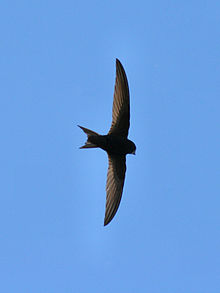 |
|
| "Common Swift, Apus apus Note wing shape different from swallows" |
(http://en.wikipedia.org/wiki/Swift)
OBS. - A ANDORINHÃO ['andorinha', em inglês, é 'swallow'] É 'swift ' NO IDIOMA DE JOHN MILTON.





